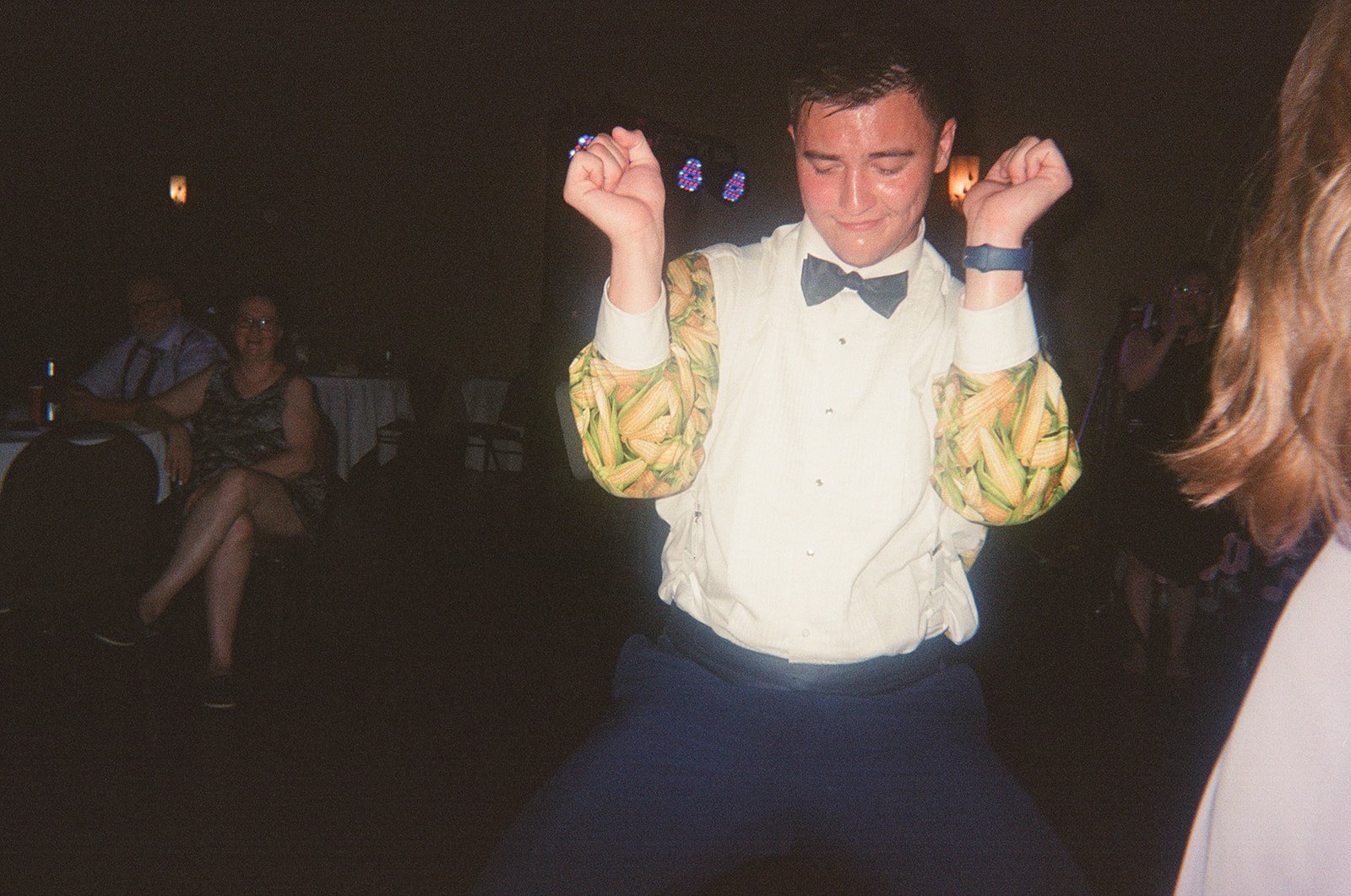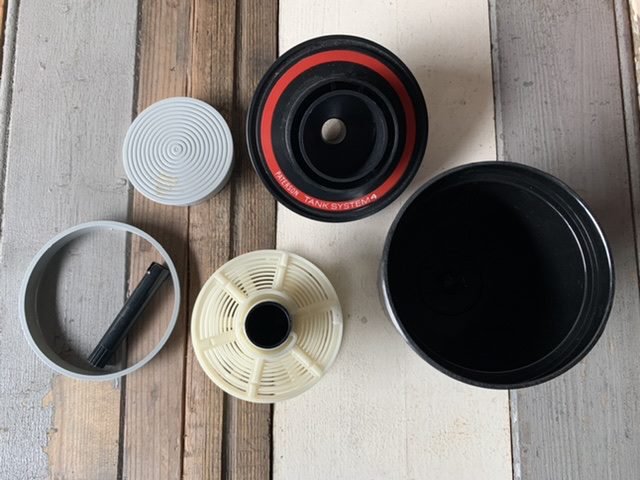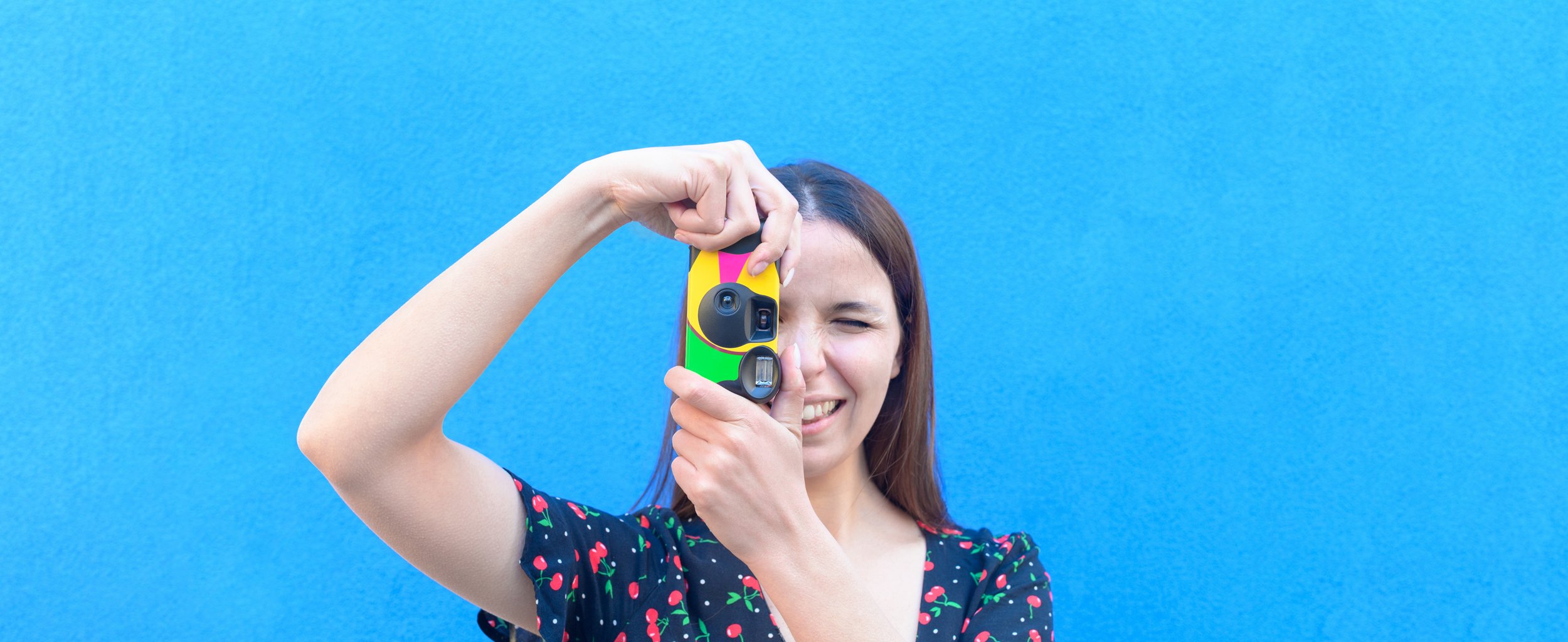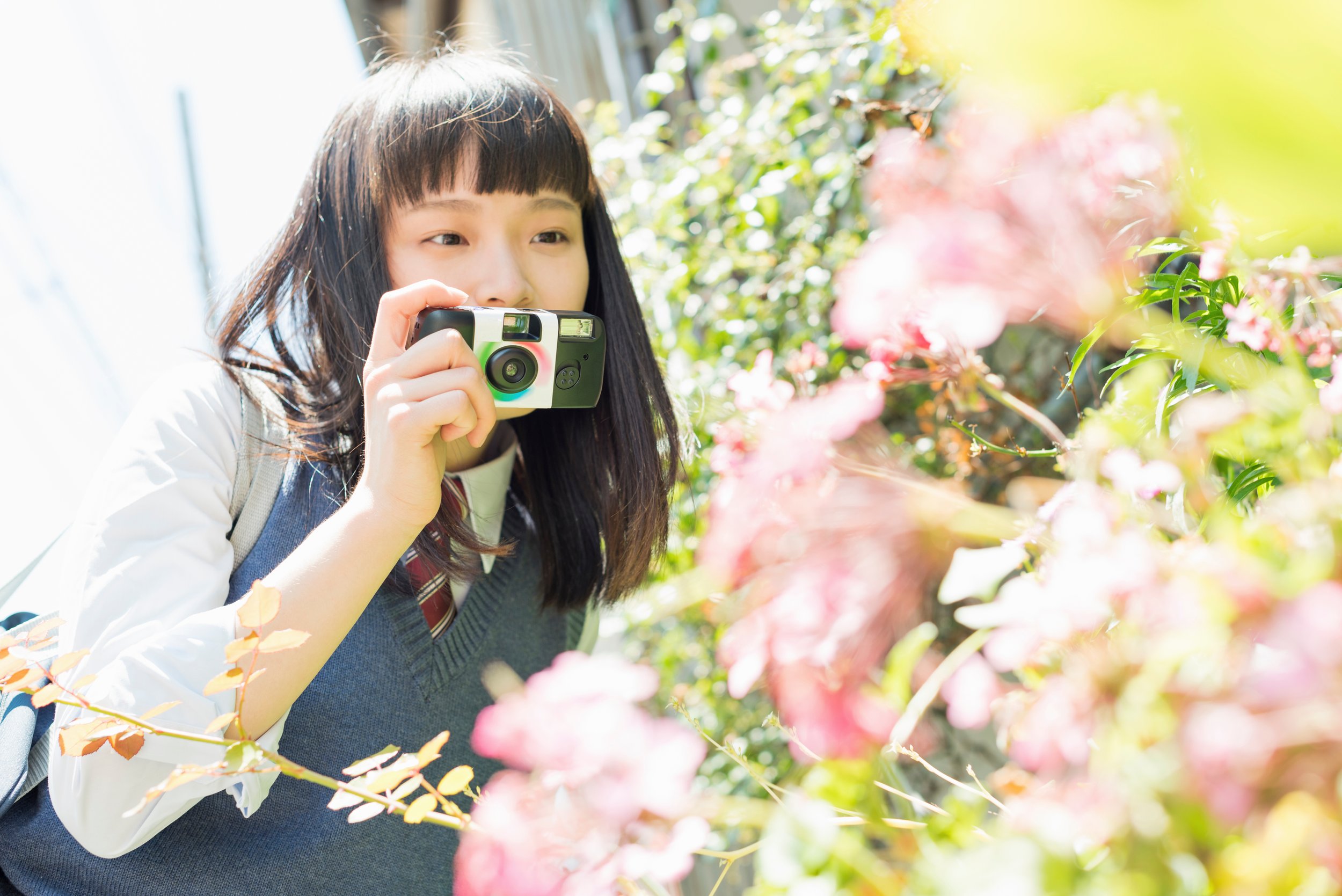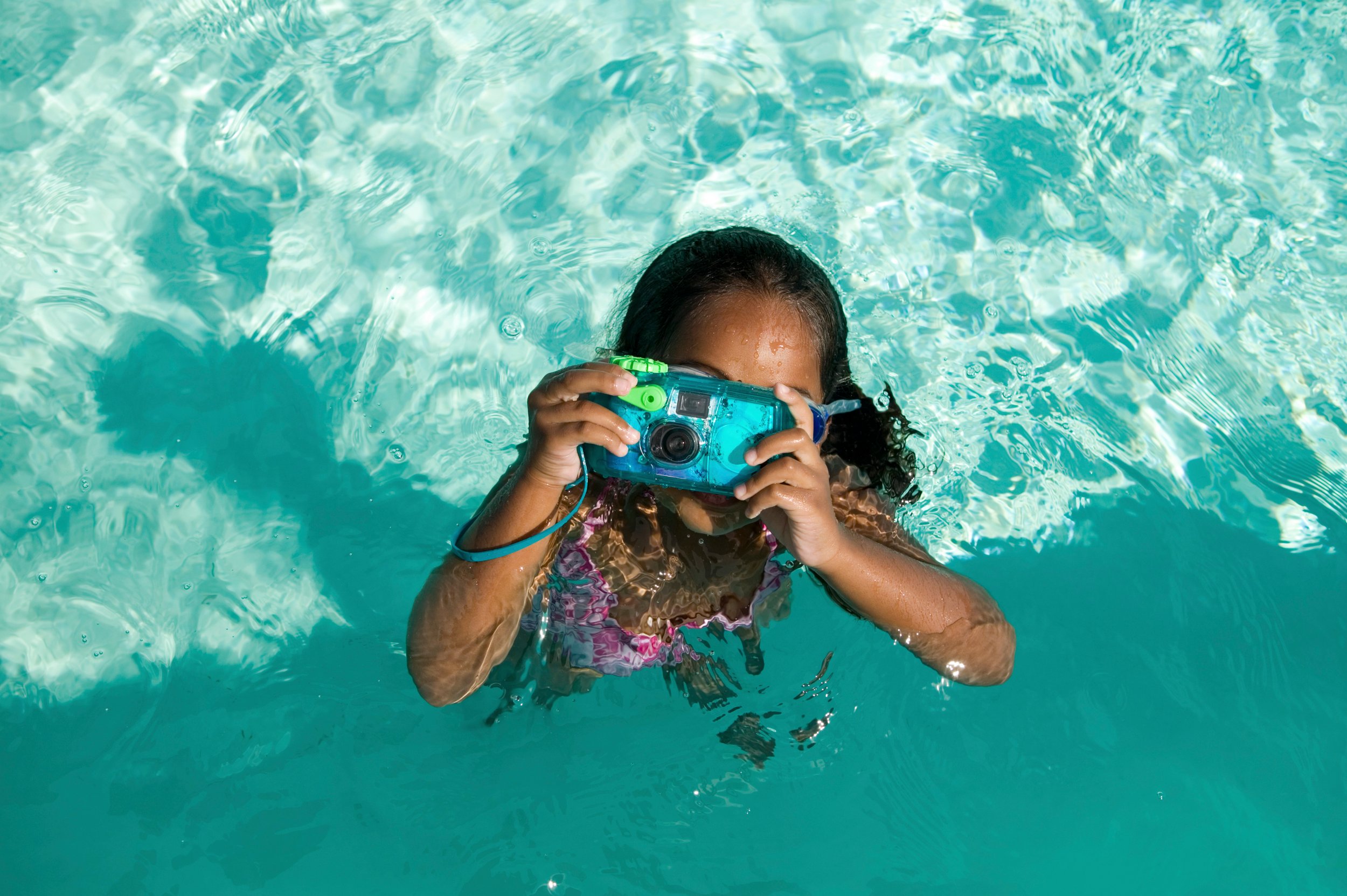Many of us have been rummaging through old drawers or boxes and come across an old roll of film or disposable camera. Sometimes it’s hard to remember exactly how old the camera is or what we took the pictures of. Curiosity usually gets the better of us as you almost always think “Can I still develop a 20 year old disposable camera?”
Yes, You Can Develop Old Disposable Cameras
Disposable cameras do expire, but unlike the milk in your fridge, it doesn’t mean that they '“go bad” and have to be disposed of. You can find the expiration date usually by looking at the bottom or the back of your disposable camera. Most disposable cameras expire within 2 to 3 years of the manufacture date. What an expiration date really translates to is “In order to get the best possible images out of your camera, please shoot and develop your camera by this date.” You can still shoot and develop cameras of any age, but you will begin to see degredation/decay as a result of aging.
What Do the pictures from a 20 year old disposable camera look like?
We develop hundreds of old disposable cameras each and every month. There are a few very common issues that you will see with older film. With 10 to 20 year old disposable cameras, you can expect:
Image and color fading
reduced contrast (flatter image)
Shift in colors, usually towards warmer or redder tones
increased graininess
Severe fading in underexposed images
When cameras are exposed to heat or have had their internal batteries rupture, we see film burning at the top and bottom of the frame and some erosions of the emulsion. If stored improperly it is also possible to have mold/fungus growth on the film as well.
Example Images from 20 year old Disposable Cameras
Can you save the images from an old disposable camera?
Your photo lab will need to be ready and willing to do the work to recover and restore your images. Many times they are too busy to spend the necessary time to edit and restore images to a viewable state. Check with your lab before mailing in your cameras.
At Shutter Junkies, we specialize in developing disposable cameras and work with many 15 to 30 year old disposable cameras. If you’re looking for a photo lab that will take the time to work on your images, you’ve found the right place! Click the button below to check out our pricing on developing disposable cameras or email us at info@shutterjunkies.org.






















